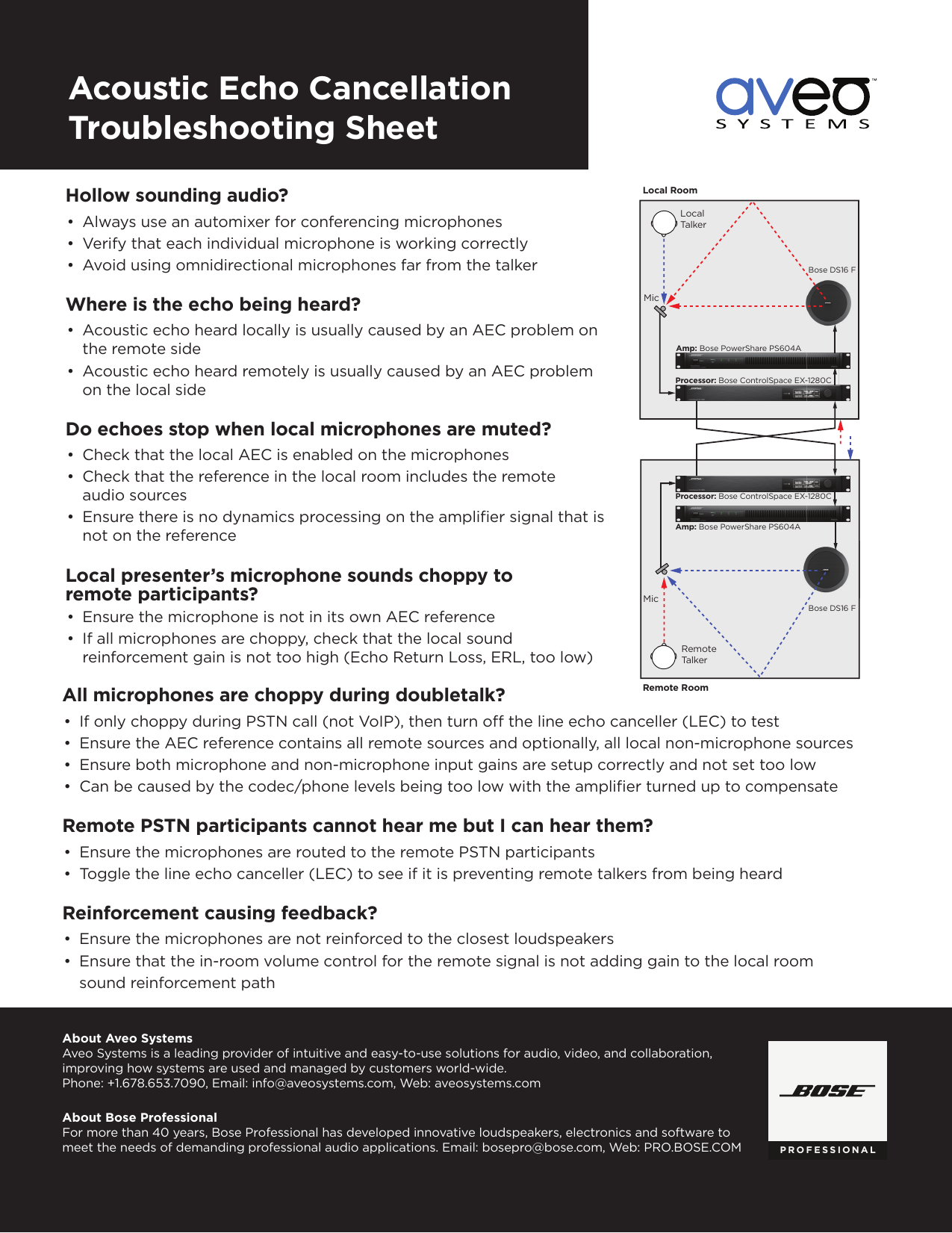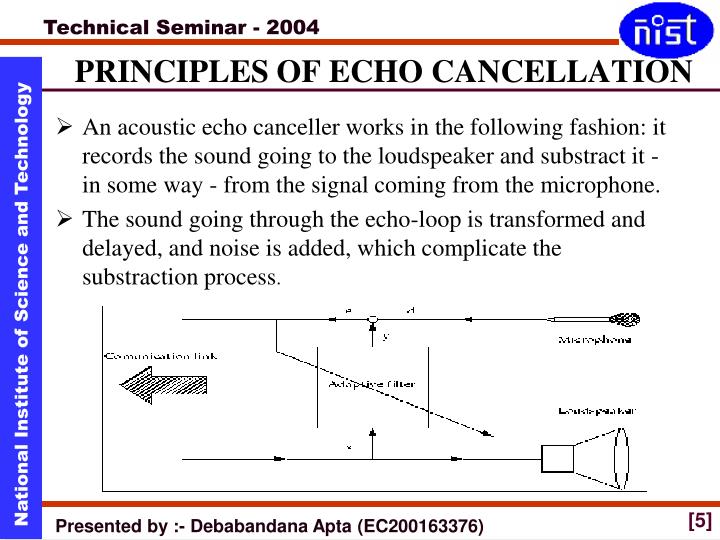

This is because there is a lot of abstract thinking involved, making it hard to explain what AEC actually does. It’s a standing joke within the AVL industry to refer to the work of AVL integrators as “the dark arts.” If that’s true, then Acoustic Echo Cancellation (or AEC) is a truly special kind of dark magic that the many use, but only the most talented of audio wizards truly understand. The sample supports acoustic echo cancellation (AEC) and microphone array processing by using the AEC DMO, also called the Voice capture DSP, provided by Microsoft. Together those can be used to capture audio and address echo cancellation challenge.ĪECMicArray sample gives you some code and further information: If both microphone array processing and AEC processing are enabled, AEC is performed on each microphone element before microphone array processing. If microphone array processing is disabled, multi-channel input is folded down to one channel for AEC processing.

The voice capture DMO includes the following DSP components:Ĭurrently the voice capture DMO supports only single-channel acoustic echo cancellation (AEC), so the output from the speaker line must be single-channel. Windows provides API to get this mixed audio signal going out to audio output devices: "Loopback Recording".Īlso, Windows provides another software component and API: Voice Capture DSP: The quoted statement means that in order to remove echo it is useful and necessary to have access to audio signal played through speakers because it will come back to michrophone or other audio recording hardware and would create an echo problem unless it is effectively subtracted.


 0 kommentar(er)
0 kommentar(er)
